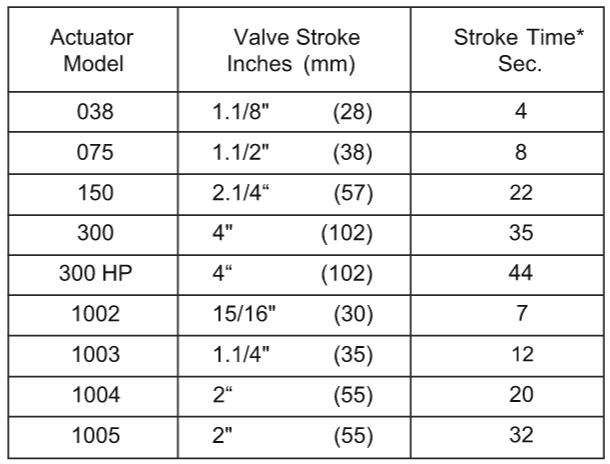The controller signal (usually 0.2 to 1 kg/cm pneumatic signal) is applied to the bellows. When this signal pressure increases, the bellows tend to rotate the bellcrank lever. This movement causes the pilot relay (direct action pilot) to increase the positioner output pressure. This output pressure fed to the actuator, consequently moves the valve stem. The valve stem motion is fedback through mechanical linkages to the force balance spring, loading or unloading it until the spring tension on the bellcrank lever balances the operating force of the bellow. When these two forces are in balance the system is in equlibrium, with the pilot throtting the output pressure to maintain equilibrium.
Inlet Pressure: Upto 10 Kg / cm2 (150 psig)
Outlet Pressure : 0 to 120 psig with spring ranges of 0 to 30 psig, 0 to 60 psig to 0 to 120 psig
End connection : Inlet / Outlet / Gauge : 1/4″ NPT (F)
Filter Element : ABS plastic, 25 microns and 5 microns option Stainless steel option available
Features:
